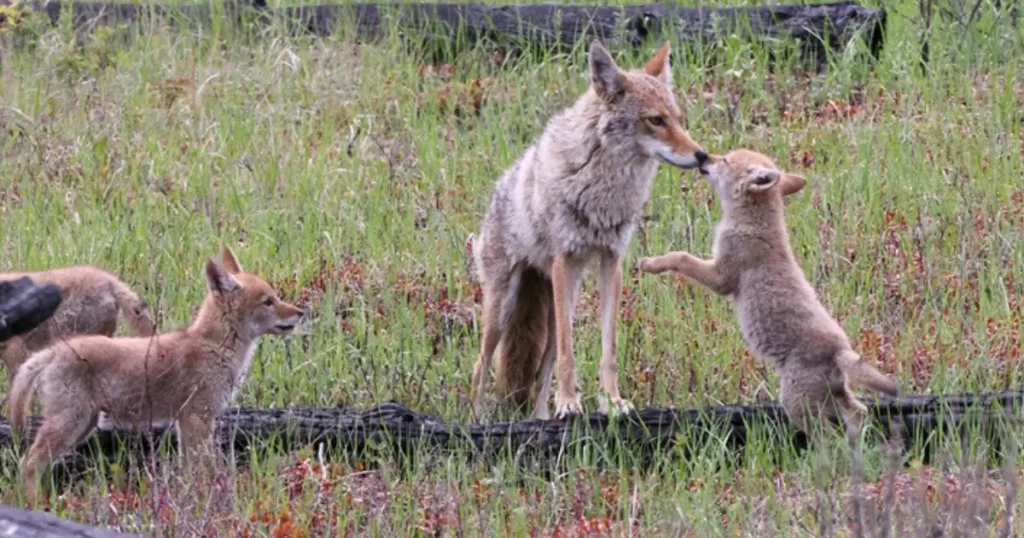
Photo by Frank Fichtmuller / Getty Images
Coyotes (Canis latrans) are highly adaptable, family-oriented canids who are finding niches within many ecosystems affected by humans, including suburban and urban areas. While coyotes generally don’t want to spend time around people, there are certain human activities that can lead to negative encounters. Here’s a few, and how to stay safe with coyotes in your community:
1 Never feed wildlife. Feeding coyotes intentionally or unintentionally is the cause behind many incidents of coyotes approaching or biting people. Just like domestic dogs, food can be a great motivator for uneasy wildlife – and by providing food (directly or indirectly by feeding or attracting other animals) we teach coyotes to expect food from people. By ensuring coyotes do not expect food rewards from anyone, we reduce the chances they’ll approach or get closer to people.
2 Keep dogs on leash. In a multi-year study, 92.3% of dogs who had encounters with coyotes were off-leash. Particularly when coyotes and other wildlife are active – dusk to dawn – keeping dogs on leash not only prevents potential issues with wildlife (who may view dogs as a threat) but can prevent and reduce traffic collisions, negative encounters with people or other dogs, and is frequently required by law.
3 Know the neighbours. If you’re aware of which species are in your community, you can be properly prepared to encounter them and know how to appropriately react. For example, if you’re aware coyotes live in the area and one monitors or follows you through a forest, you may know that this is a common behaviour that isn’t a threat or danger – it’s curiosity and worry for family.
4 Manage attractants and talk to your neighbours about them. Whether it’s a bird feeder, outdoor pet food, or an overflowing compost bin, identifying and managing attractants when wildlife are present can reduce negative encounters. Click here to learn more about managing attractants and what to look for around your home or business.
5 Removal of wildlife is not a solution. The idea of taking a coyote from an urban area and dropping them in a remote wilderness may seem logical, but it’s a highly traumatizing event that can lead to greater issues by breaking up family units, creating conflict within territories, and potentially spreading disease. Wildlife are in our communities because, even though they’re urban or suburban, they’re still part of ecosystems. Learning to coexist – and thrive – with wildlife around us makes for a healthier community and planet. Learn more about the One Health approach by clicking here.
Do you need help spreading messages about living with coyotes and other wildlife in your community in Canada? Consider getting our free door hangers, or contact us to let us know what kind of education could be helpful at info@TheFurBearers.com.
